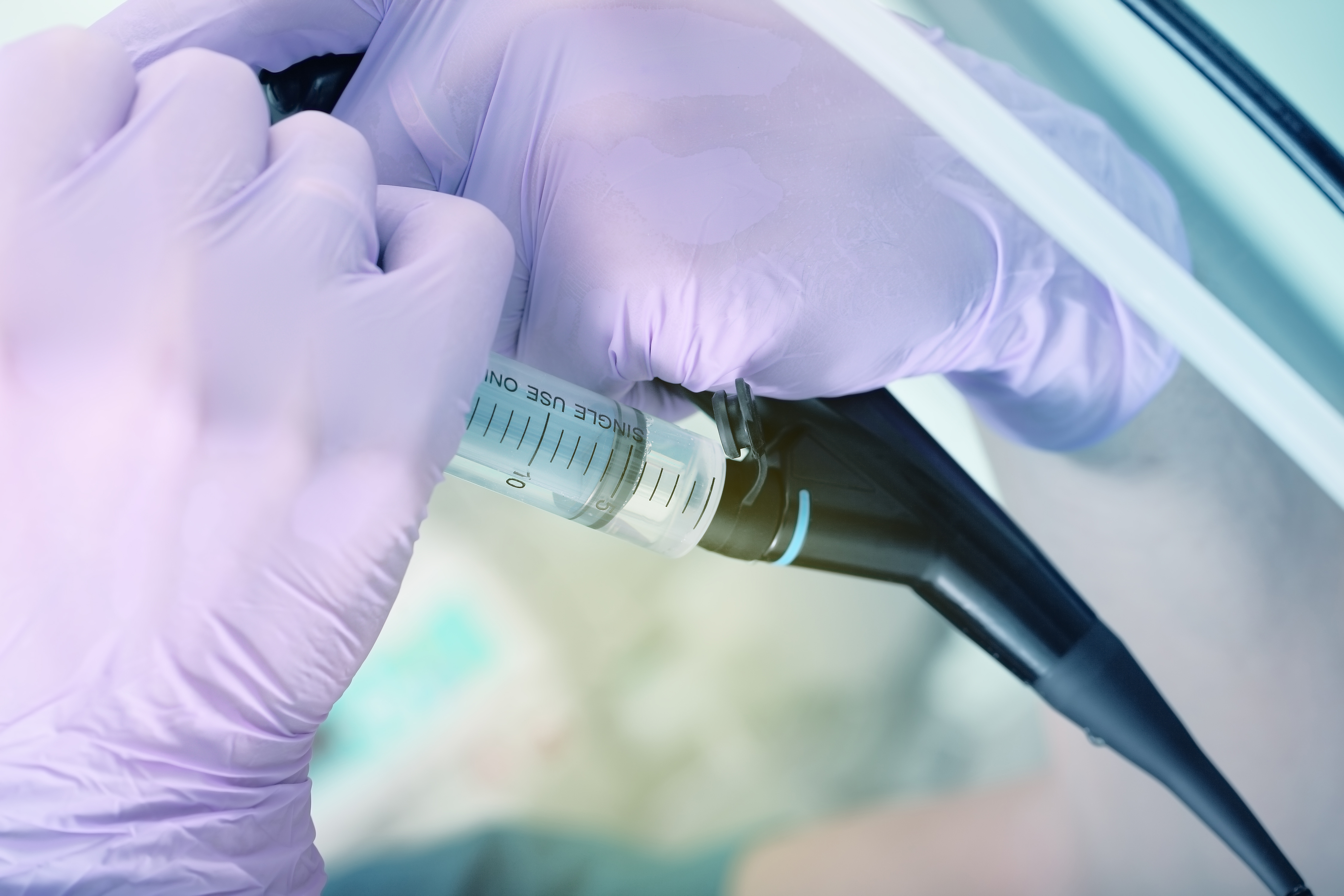
A group of researchers have crafted what they call a “risk assessment tool” to help endoscope reprocessing staffers distill newly updated guidelines designed to ensure that scopes are thoroughly cleaned.
The catch? The various sets of guidelines deviate in some key areas, so more research is needed to resolve these “points of uncertainty.”
That’s according to Gastroenterology & Endoscopy News, which interviewed three of the authors of the guidelines review. They’re all prominent gastroenterologists who have been prominent voices in discussions around infection control practices and new technological advancements designed to make GI endoscopy safer.
The authors analyzed guidelines from seven different medical authorities and created two tables focused on areas of consensus and differences among the guidelines. They identified 20 points of common interest, including the need for additional training, pre-cleaning, leak testing, storing, and evaluation — what G&E News called the “broad strokes of reprocessing.”
There was less consensus, however, on how to best meet those standards. Examples include a need for more agreement on how often and by which means to train staff and when to conduct competency evaluations.
The researchers also found discrepancies regarding how long a reprocessed endoscope should be stored, the best type of disinfectant solution, and the ideal water conditions used to rinse an endoscope. The only agreed-upon standard, experts note, is to follow the manufacturers’ instructions for use — but those IFUs can contain hundreds of steps and can be impossible for staffers to follow down to the letter.
Because of that, it’s difficult to assess how well a staffer or piece of equipment performs when reprocessing endoscopes.
“How do we prove clean is clean?” Dr. V. Raman Muthusamy, the director of endoscopy with UCLA Health, told G&E News. “What is a benchmark for cleaning verification?”
Risk assessment tools, such as this comparative review, will become more crucial as newer devices come to market. Automated cleaning equipment and sterilizable endoscopes are in development, and disposable endcaps and elevators are already accessible.
Single-use endoscopes have also been developed, with devices being launched by Boston Scientific Corp. and Ambu A/S.
The U.S. Food and Drug Administration has in recent years recommended that healthcare facilities transition to either single-use duodenoscopes or models with disposable components to enhance patient safety.
Last year saw new and highly anticipated updates to endoscope reprocessing standards issued by the Association for the Advancement of Medical Instrumentation (AAMI) and the Association of perioperative Registered Nurses (AORN). They endorsed sterilization rather than high-level disinfection and more rigorous drying practices, among other updates.
------------------------------------------------------------------
Related:


